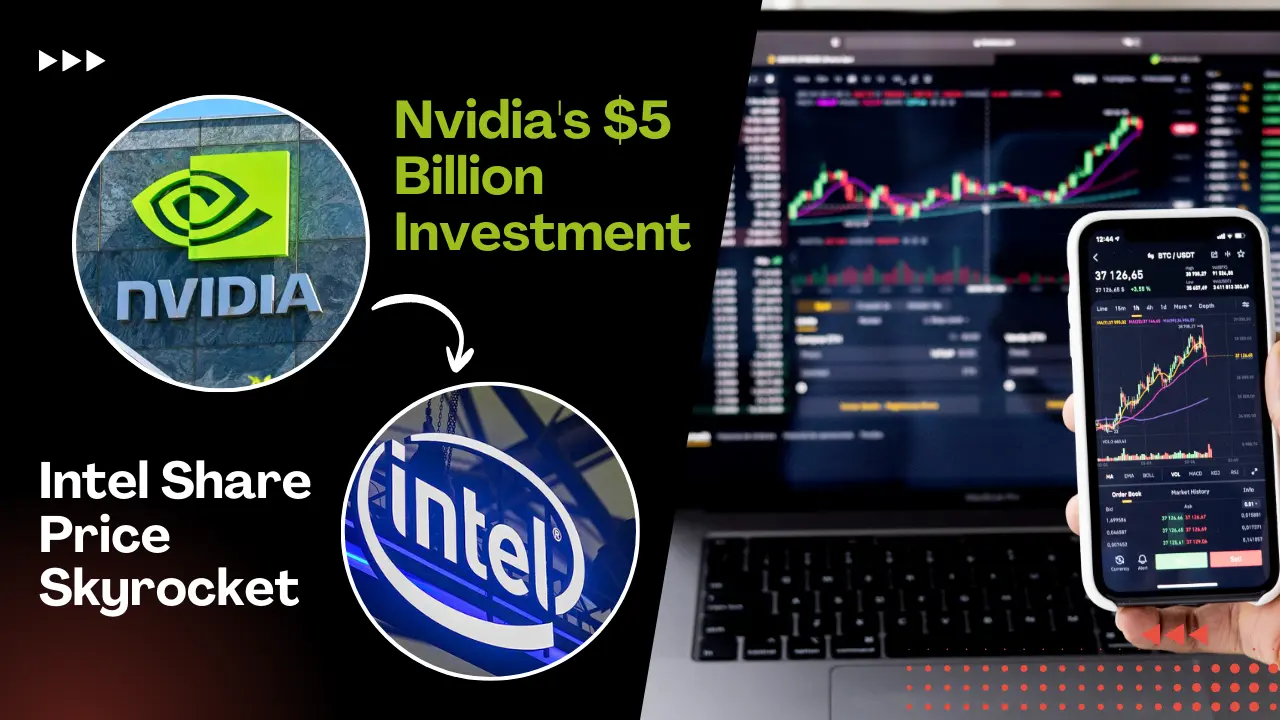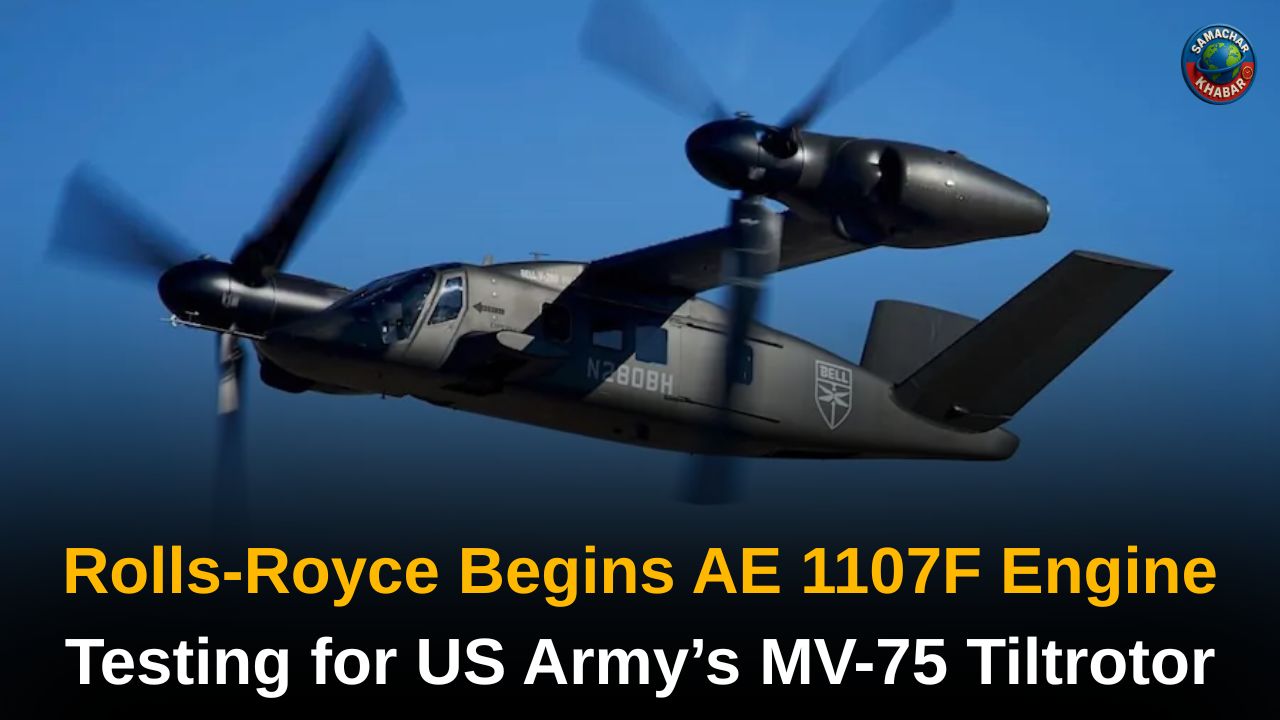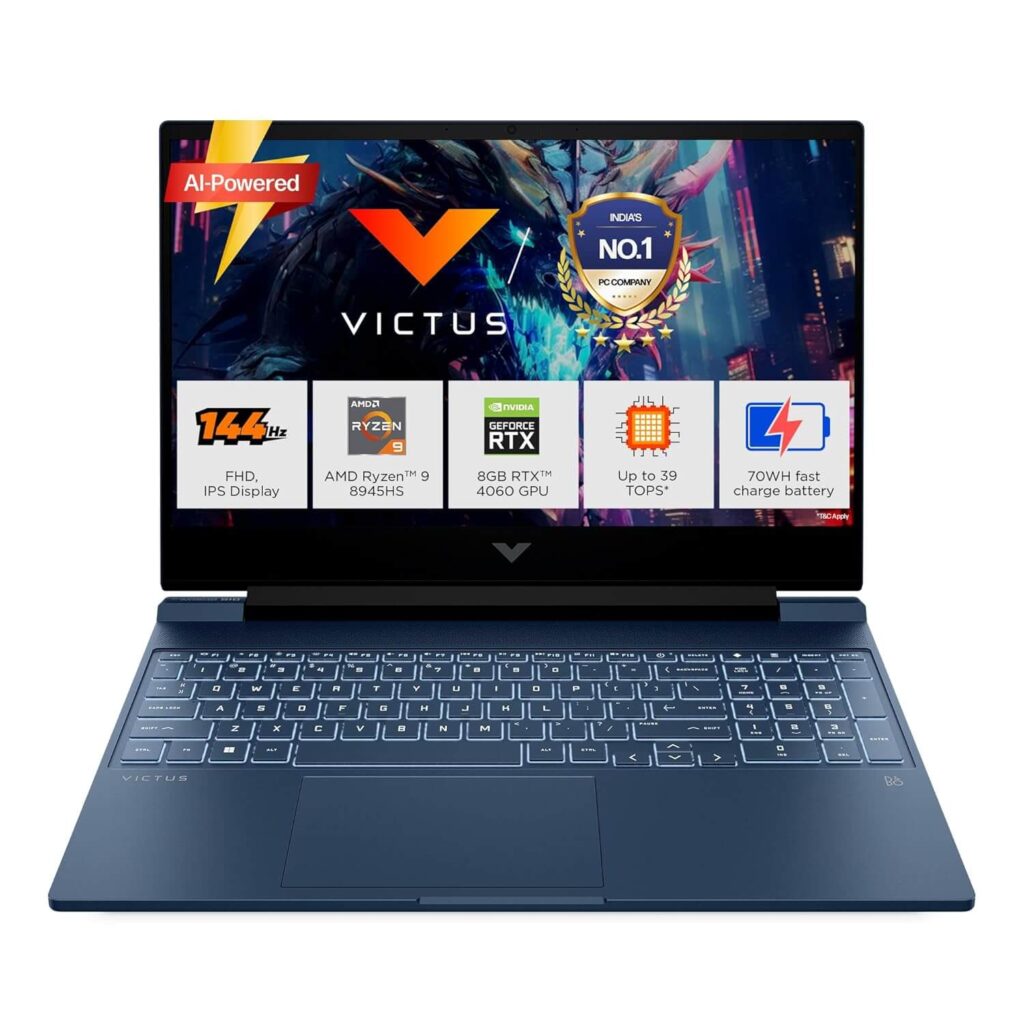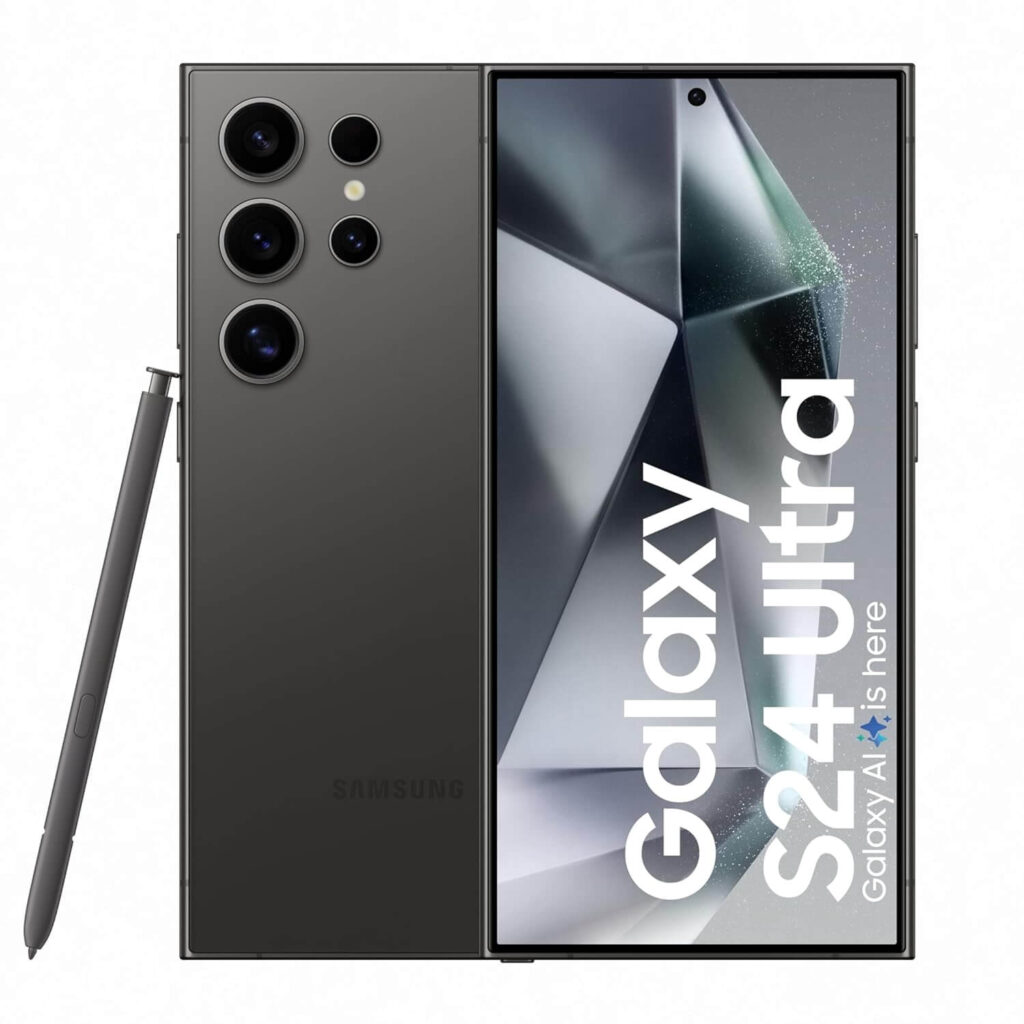The world of technology and stock markets can turn on a dime, and no recent event illustrates this better than the sudden and dramatic movement of the Intel share price. If you’ve been following the news, you’ll have seen headlines about a historic partnership that sent the stock soaring. But what’s really behind this monumental shift, and what does it mean for the future of this semiconductor giant and your portfolio?
In this in-depth guide, we’ll peel back the layers on the recent catalysts affecting Intel, analyze its long-term strategy, and provide a balanced perspective on what’s next. This isn’t just a recap of a single day’s gains; it’s a look at the fundamental forces at play in the highly competitive world of semiconductors and artificial intelligence.
The Recent Catalyst: A Historic Collaboration
The most significant driver of the recent surge in Intel’s share price is a landmark announcement: a strategic collaboration with none other than Nvidia, the reigning leader in AI and accelerated computing. This isn’t just a simple partnership; it’s a game-changing move that involves a substantial financial commitment from Nvidia.
- Nvidia’s $5 Billion Investment: As part of the deal, Nvidia is investing a staggering $5 billion in Intel, purchasing common stock at a purchase price of $23.28 per share. This massive capital infusion serves as a powerful vote of confidence in Intel’s turnaround plan and its manufacturing capabilities.
- A Fusion of Powerhouses: The collaboration aims to co-develop cutting-edge products for data centers and PCs. It’s a strategic fusion of Nvidia’s AI and accelerated computing stack with Intel’s industry-leading CPU technologies and the vast x86 ecosystem.
- Market Reaction: The market’s reaction was swift and decisive. On the day of the announcement, the Intel share price soared by nearly 30% in pre-market trading, reaching a 52-week high. For context, this was Intel’s largest single-day gain in decades, a testament to the magnitude of the news.
This partnership is a powerful signal that Intel is not only back in the game but is now a pivotal player in the high-stakes AI race, which has been largely dominated by its competitor, Nvidia. The collaboration directly addresses Intel’s prior challenges in the AI space and strengthens its position against other key rivals, like AMD, whose stock price saw a decline in the wake of the news.
Analyzing the Turnaround Plan and Its Impact on Intel Share Price
While the Nvidia deal is the most recent and dramatic news, it’s crucial to understand it within the context of Intel’s broader strategy. For years, Intel has been working on a multi-pronged turnaround plan under CEO Pat Gelsinger, focusing on regaining its technological leadership and diversifying its business.
- Regaining Process Leadership: Intel has been on a mission to reclaim its manufacturing edge. The company is investing billions in new fabs and advanced process nodes, aiming to surpass rivals in chip production technology. This includes a massive investment of over $100 billion by the end of the decade to build new chipmaking capabilities in the US, a plan strongly supported by initiatives like the CHIPS Act.
- The Foundry Business (IFS): A cornerstone of Intel’s strategy is its Intel Foundry Services (IFS) business. The goal is to become a major contract chip manufacturer for other companies, including its rivals. The Nvidia deal is a huge win for this initiative, as it validates Intel’s ability to attract major clients and demonstrates the potential of its foundry business.
- Focus on High-Growth Areas: Intel is shifting its focus from a reliance on traditional PC sales to high-growth sectors like data centers, AI, and automotive. Its Xeon 6 processors and ongoing developments in AI hardware are key to this transition.
These strategic shifts are designed to build a more resilient and growth-oriented business, which in turn, should have a positive long-term impact on the Intel share price. The Nvidia partnership fast-forwards this process and provides immediate credibility to Intel’s turnaround efforts.
Also Read: Dreamfolks Share Price: What Went Wrong?
The Financials and Analyst Outlook
Beyond the headlines, a deeper look at Intel’s financial health is essential for any serious investor. While the recent gains are impressive, the company has faced significant challenges.
- Mixed Financials: Intel has been navigating a difficult period, with a challenging macro-environment and fierce competition. The company reported a $19 billion loss last year and an additional $3.7 billion loss in the first half of this year. However, analysts are forecasting a return to profitability in 2025.
- Analyst Ratings: The analyst community remains cautiously optimistic. According to a recent report, the consensus rating for Intel is a “Hold,” with a majority of analysts suggesting this rating. However, there has been a notable shift, with firms like Wedbush upgrading their rating on the stock, citing the new AI catalyst.
It’s important to remember that analyst ratings are just one piece of the puzzle. Investors must conduct their own due diligence, considering the company’s long-term vision and its ability to execute on its ambitious plans.
The Competitive Landscape: Intel vs. AMD
Intel’s recent surge is particularly interesting when viewed in comparison to its long-time rival, Advanced Micro Devices (AMD). For years, AMD has been gaining market share in key segments like data center CPUs and high-performance computing, often at Intel’s expense.
The Nvidia-Intel partnership throws a major wrench into this dynamic. While Intel’s stock soared, AMD’s stock declined, with some analysts citing investor concerns about the intensified competition.
This move by Nvidia signals that Intel is no longer a “laggard” but is now positioning itself to be a significant “catalyst” in the AI arms race. It puts pressure on AMD to accelerate its own strategic initiatives to maintain its competitive edge.
The Road Ahead: Potential Risks and Opportunities
While the future looks brighter for Intel, it’s not without its risks. The company still faces a long and challenging recovery path.
- Execution Risk: The success of Intel’s turnaround hinges on its ability to execute its ambitious plans. Manufacturing complex chips at scale is notoriously difficult, and any delays or setbacks could impact investor confidence.
- Continued Competition: AMD is a formidable competitor, and other players in the semiconductor space are also aggressively investing in AI and advanced manufacturing. The battle for market share will remain fierce.
- Geopolitical Factors: The global semiconductor industry is heavily influenced by geopolitical tensions, trade policies, and government regulations. The CHIPS Act provides a buffer, but risks remain.
For investors, the long-term outlook for the Intel share price will be determined by how well the company navigates these challenges while capitalizing on opportunities.
Is Intel Shares a Buy, Hold, or Sell?
The recent events have fundamentally altered the narrative around Intel. The Nvidia partnership provides a powerful new catalyst, injecting capital, validating its strategy, and firmly placing it at the heart of the AI revolution. The monumental surge in the Intel share price is a clear sign that the market is beginning to believe in the company’s turnaround story.
However, a single day’s gain does not make a long-term investment. While the potential is significant, so are the risks. The journey to fully regain its market leadership will be a marathon, not a sprint.
Before making any investment decisions, we highly recommend you conduct thorough research and consult with a financial advisor.

















